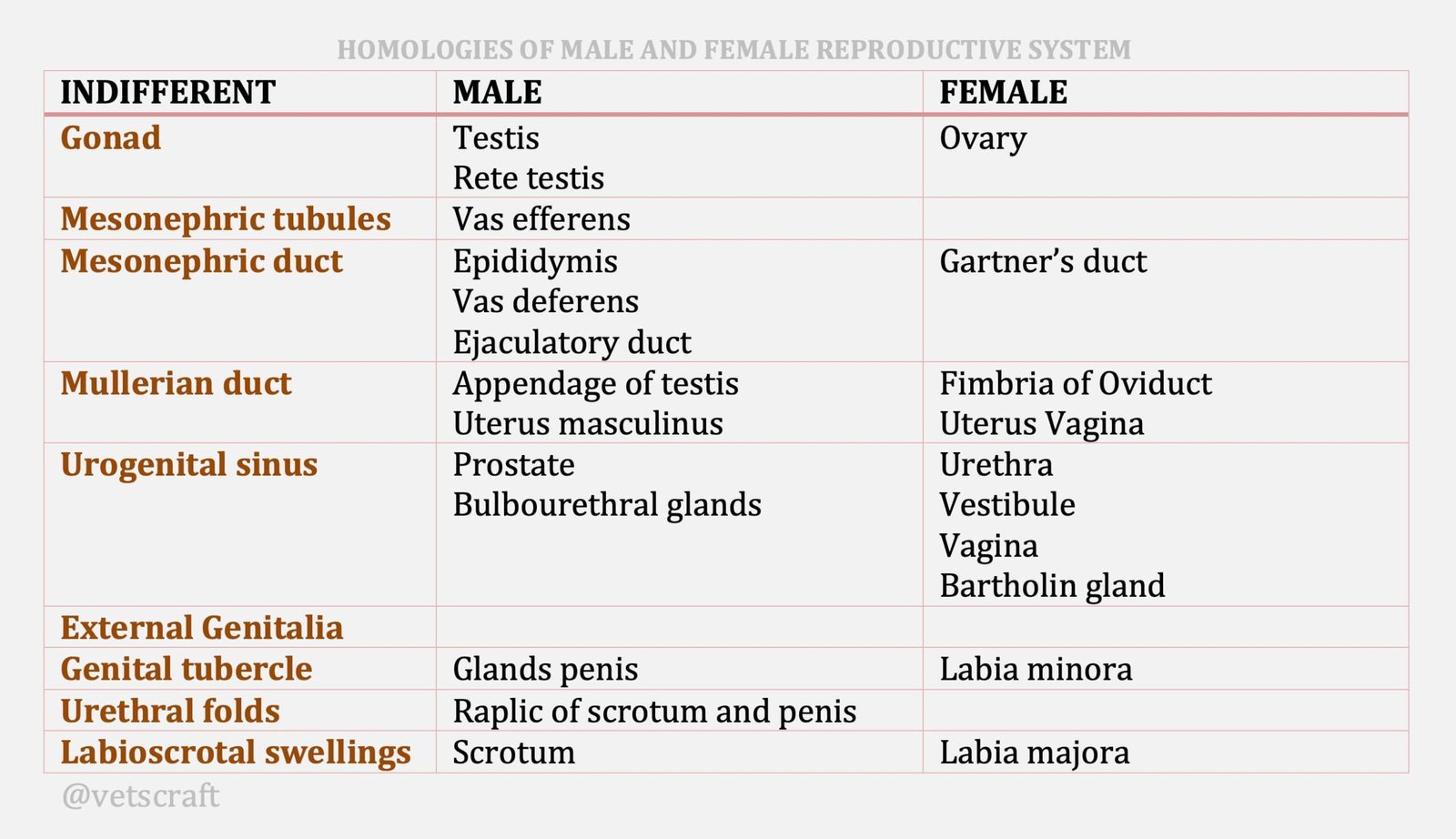TABLE OF CONTENTS
Total Uterine Prolapse in Animals
Total uterine prolapse is a complete eversion of the uterus through the vulva, occurring postpartum in domestic animals, particularly in cows and ewes.
Total uterine prolapse is also known as eversion of uterus or prolapse of uterus or casting of wethers or casting of calf bed.
Total uterine prolapse is a common complication of third stage of labour and more common in pluripara than primipara.
This condition is most commonly seen in cow and ewe, occasionally seen in sows and rarely seen in dogs, cat and mares.
Predisposing Causes
- Long mesometrial attachment
- The flaccid atonic uterus
- Violent or strong tenesmus during or after parturition
- Retention of placenta at the ovarian pole of the uterine horn
- Excessive relaxation of the pelvic and perineal region
- Commonly seen in confined or stabled cattle especially during winter months.
- Forced extraction of the fetus
- Delayed contraction of the uterus
- In milk fever
- Poorly grown, thin debilitated heifers
- Apparently not hereditary although occasionally it may be seen in dam and daughter
- Low plan of nutrition
- In case of secondary uterine inertia
- Hyper-estrogenism e.g. In sheep due to feeding with sweet clover or subterranean plants.
Symptoms
- Symptoms are obvious
- Usually recumbent but may be standing
- In standing posture, the prolapsed mass hanging upto the hock joint
- The fetal membranes and / or mucus membrane of the uterus is exposed
- The mass is usually covered with feces, straw, dirt or blood clots
- Uterus is enlarged and edematous especially in delayed cases (4-6 hours)
- The cervix is usually present at the vulva.
- The non gravid horn is held inside the peritoneal surfaces of the prolapsed gravid horn and does not evert, because of the strong intercornal ligament.
- Stress, restlessness, pain anxiety, increased respiratory rate may be noticed.
- In cases with complicating factors of internal hemorrhage due to rupture of one of the uterine vessels, shock, incarceration of the intestinal mass and death.
- Pale mucous membrane, expiratory grunt and prostration with severe depression and inability to rise indicated serious complications.
Prognosis
- The future breeding history may be good or poor depending upon the severity of the uterine lesions, the promptness of treatment and the rate of involution.
- Condition is observed early and treated promptly, cows able to stand, the uterus not severely injured, the prognosis is good.
- If the uterus is grossly contaminated or dried due to exposure of the sum or lacerations are present, the prognosis is more guarded due to the possibility of septic metritis or peritonitis. Further, abortion, retained placenta or sterility follows.
- If the condition is complicated with milk fever, the mortality rate is about 5 percent.
- Coma and shock due to rupture of blood vessels the prognosis for life is questionable.
Sequelae
Septic metritis, metritis, peritonitis and in these conditions the future breeding life is questionable.
Handling of the Case
- Owner is instructed to wrap the cows uterus in a wet towel or sheet or placed in a plastic bag to keep it moist and clean until the replacement.
- If the cow is standing, the uterine mass should be raised and supported level with the vulva.
- If the cow is recumbent in a stanchion, the gutter should be built upto support.
- These above first aid measures are necessary to prevent the uterus becoming edematous and possibly prevent rupture of the vessels.
- Reduce the tympany or bloat, if present in case of recumbent animals.
- Epidural anaesthesia helps to make the animal to stand and to avoid defectation during the reduction.
- In recumbent animals raise the hind quartes by using gunny bags filled with straws.
- In standing animals lower the fore quarter by making the animal to stand on the slope.
- Raise the mass upto the level of vula, this will relieve congestion and edema of the uterus, any intestinal mass protruded through the uterus will be returned back into the abdominal cavity and the urinary bladder may gets its normal position and the accumulated urine may be expelled out.
- Wash the mass with mild antiseptic solution
- Remove the fetal membrane. If unable to remove and leave it as such.
- Any tear or laceration should be sutured with No. 2 catgut.
- Any bleeding, large blood vessels may be ligated.
- Then wash the mass, apply lubricants, apply salt solution and massage the uterus with palm until the edema is relieved / reduced.
- Vulvar lips should be pulled apart and first ventral then dorsal portion of the uterus should be replaced. The pressure exerted near the cervical end with the help of palm of the hand to avoid perforation of the uterus.
- After reduction the cervical rings should be pulled back ward with one hand and the uterus should be pushed inside with first like shaking motion.
- If invagination is still present hold the wine bottle with its neck and insert the hand and press the invaginated portion.
- The ovarian pole should be straightened, if you feel incomplete replacement of the ovarian pole, 9-14 litres of luke worm water or physiological saline may be infused and stimulate the uterine contraction. Then wash out the debris and fluid should be siphoned out.
- Apply the vulval tape retention suture or buhners buried hidden pursting suture and remove after 3-4 days.
Medical Treatment
- 30-100 IU of oxytocin i/v or i/m.
- Antibiotic therapy especially oxytetracycline for 5-7 days.
- Antihistaminics (Chlorpheniramine)
- Inj. Calcium borogluconate
- Fluid therapy
- Anti inflammatory agents
- In irreducible cases cervico trachelorrphy or hysterectomy may be indicated.
9 Rs– Points to be Remember in Prolapse

After reduction and proper replacement of the prolapsed mass, vulval tape retention suture should be applied to prevent recurrence.

